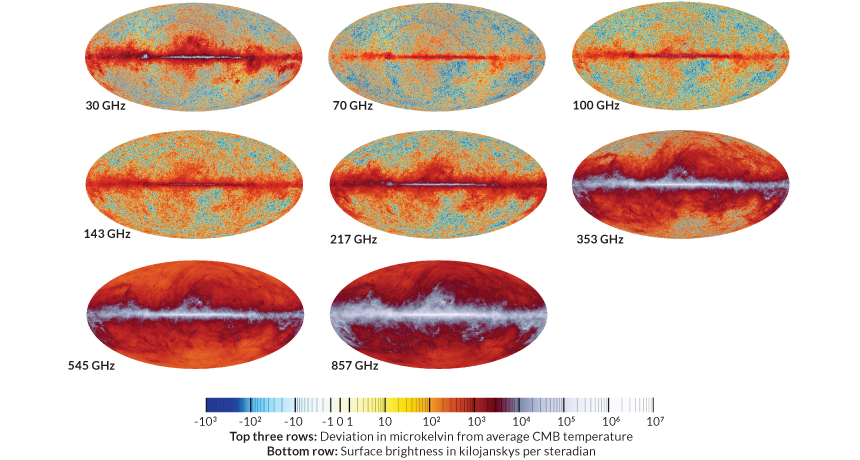Best maps of the universe, bugs and all

BABY PICTURES Signatures of 13.8-billion-year-old radiation are mapped by ESA's Planck satellite in microwave and infrared frequencies. The maps allow astronomers to study the first moments of the universe.
Courtesy of C. Lawrence/Planck/ESA